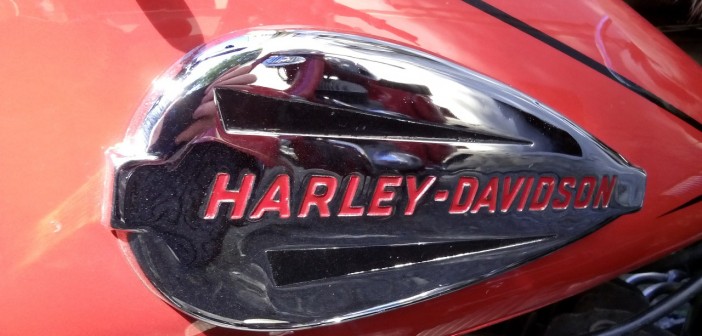There is much confusion among churches today resulting from the painful reality that much of our sense of belonging was dependent upon the status and influence the church used to enjoy. We are now challenged to think and act in different ways. The small church offers us one option among others in this new situation. Here in this peripheral setting we see that belonging to God is given flesh in relationships with others.
In a season when the mainline church is losing many of the old cultural props, feelings of belonging and gifts of hospitality may be the small church’s greatest gifts.
Belonging and hospitality are two sides of the same coin. The love of Jesus Christ is felt deeply in both receiving and giving this grace. Healthy churches of all sizes participate in this grace. Yet the healthy small church that is open to these gifts has a unique advantage in that the newcomer can be a part of the whole. In this small, intimate community, it is possible to know and be known by each member. Over time, this intimacy creates strong attachments and deep commitments that make the small church strong and tenacious. In a season when the mainline church is losing many of the old cultural props, feelings of belonging and gifts of hospitality may be the small church’s greatest gifts.
One of the most emotional experiences I have had was with a friend named Buck during the last year of his life, his sixtieth, the only year of his life that I knew him. He wanted me around as he was succumbing to cancer. He was an independent western soul. He built his two-story A-frame home himself. And he would have died no other way than in this place. He shared the last part of his journey with family, friends, and neighbors as people came and went from his home.
His long, white beard and the fiery red and orange Harley-Davidson shirt reminded everyone what a passionate character he was. Buck entertained friends and family with tales of travels to different parts of the world before coming home to Ferry County, Washington. But what he really wanted to tell was his own faith story. The part of the story that the whole church knew was how, years before, he had wanted to come to the church where his wife had grown up. But he worried about whether he would be welcome. He worried about whether he was acceptable enough to go.
When folks in the congregation heard that Buck wanted to attend worship, they went out of their way to let him know how happy they would be to have him there. So he started to come. Later he eventually got involved in an AA support group. The church’s acceptance and welcome was a life-changing experience for Buck. It was the most important experience for him in his rekindled faith and his understanding of God. He became a one-man hospitality crew, sitting on the back pew in his little mountain church. He made sure any new face received a warm and genuine welcome. You could count on any child in the church being greeted and made to feel special by Buck.
I had seen that part of Buck’s life each Sunday. I saw more when I conducted his funeral, the wildest ride of a funeral I have ever experienced. The coffin was painted jet black with red, yellow, and orange Harley-Davidson flames running down the sides. Buck was buried in his Harley-Davidson shirt. The crowd filled the sanctuary and spilled over into the fellowship hall with some standing outside the church listening through open windows. Many in the enormous crowd were clearly out of their element in a church sanctuary. The procession to the cemetery was led by ten Harley-Davidson motorcycles and five stock cars. At the graveside people again shared their stories about Buck and gave thanks to God. He had embraced them and had spoken of God’s love for them. That afternoon I experienced the wild hospitality and welcome of the kingdom in ways I will never forget.
Afterwards, I took the ferry route home. Only I and one other traveler were on the ferry. He was a biker who had been at the funeral. When he came up to me in his black leather jacket and pants, he was already teary-eyed. He struggled to tell me about how Buck had befriended him and saved his life by helping him get into recovery. He described how this experience had restored a faith that had been absent since his childhood. Then he concluded by saying that he and I might live in different worlds but that we both belonged to the same God. We shook hands and then awkwardly hugged and watched the lake roll by until we arrived on the other side.
In the coming years and decades, as the mainline church wanders through a new wilderness, it is impossible to know what lies ahead. Yet the love and resiliency that I have witnessed in small communities of faith convinces me that they will continue to persevere. Their ability to attend to the whole person — heart, soul, will, and mind — makes them resilient. They will continue to pass on the good news of Christian faith through the intimate, feeling relationships that congregants share with one another and the hospitality they share with neighbors and strangers. The life of these small churches reminds us all that we belong to the God of Jesus Christ.
This article is adapted from Steve’s book, Imagining the Small Church: Celebrating a Simpler Path, copyright © 2012, The Alban Institute. Used by permission. You may purchase the book from Amazon.
Related Resources:
- The Soul of a Small Church by Lew Parks
- Small Churches as Healthy Family Systems by Lew Parks







